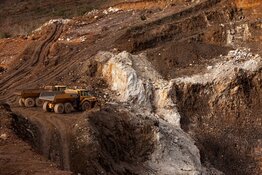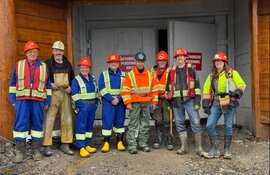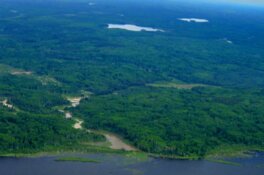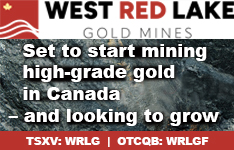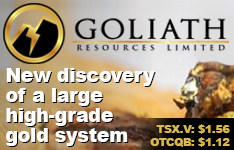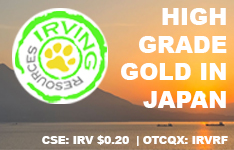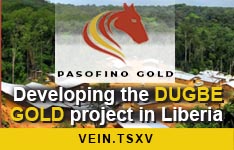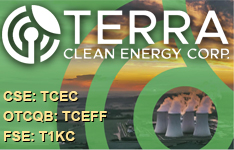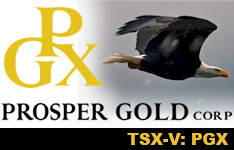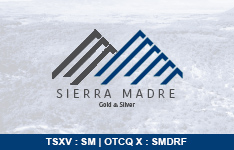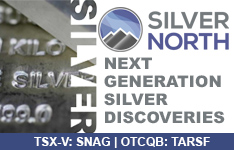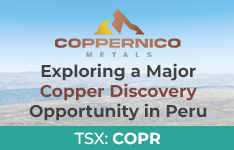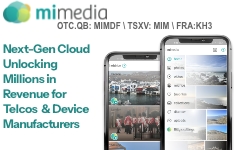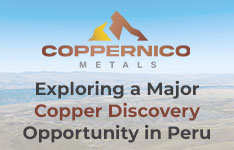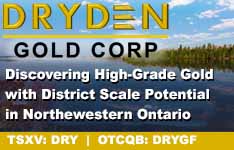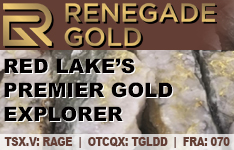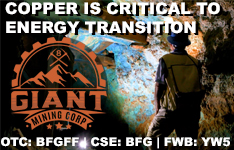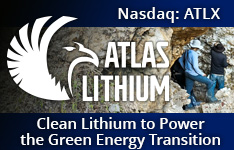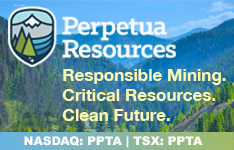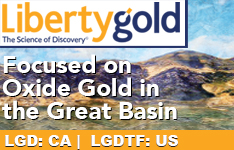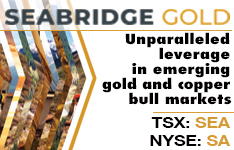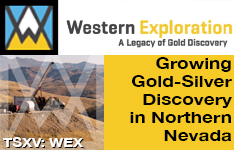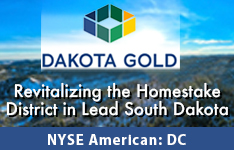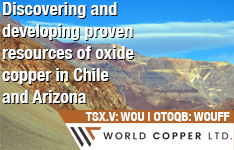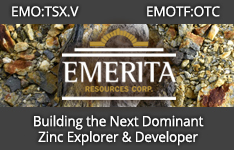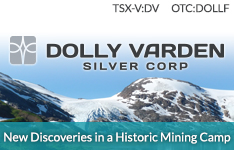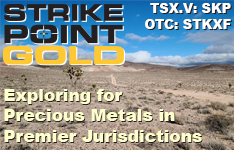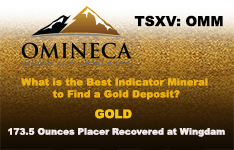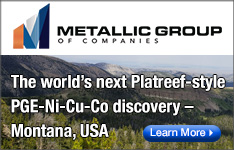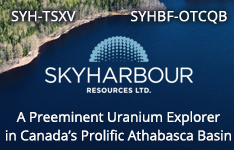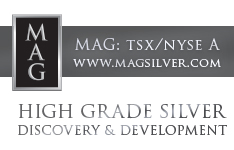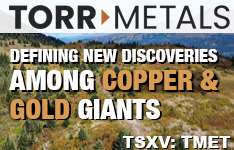Vast, deep oceans cover a significant portion of the Earth, and they are believed to hold a bounty of resources that the administration of U.S. President Donald Trump is eager to claim for American industry to help it become more mineral independent.
On June 25, the Department of the Interior announced new policy steps to speed up the search and development of critical minerals and other resources offshore, many of them vital to the nation's energy, technology, and defense needs.
"We are taking significant steps to ensure America remains at the forefront of critical minerals — resources that drive our economy, safeguard our national security, and support contemporary living," stated Acting Assistant Secretary Adam Suess. "By removing unnecessary delays while upholding strong environmental protections, we are establishing a clear pathway for responsible development that benefits both our communities and our nation."
To enhance the efficiency and predictability of the offshore minerals program, the Bureau of Ocean Energy Management (BOEM) and the Bureau of Safety and Environmental Enforcement (BSEE) said in a release that they are revising their policies to minimize delays, improve coordination, and offer greater certainty for the industry, "all while upholding key environmental safeguards."
For early-stage exploration, or prospecting, BOEM will implement existing streamlined environmental reviews whenever feasible. Additionally, it plans to extend the duration of prospecting permits from three to five years, allowing companies more time to complete their work without unnecessary interruptions. To accelerate the leasing process, BOEM will proactively identify potential development areas without first issuing a formal request for information or establishing a joint task force with state and federal agencies. This adjustment could save anywhere from two months to over a year, depending on the project.
Extracting Minerals From the Ocean Floor
Seabed mining, often referred to as seafloor mining, involves extracting minerals from the ocean floor using underwater mining techniques. This practice encompasses both shallow mining on the continental shelf and deep-sea mining at greater depths linked to tectonic activity, hydrothermal vents, and abyssal plains.
The growing demand for minerals and metals in the technology sector has sparked renewed interest in seabed mineral resources, including extensive polymetallic sulfide deposits near hydrothermal vents, cobalt-rich crusts on seamounts, and fields of manganese nodules found on the abyssal plains.
Numerous countries have called for a halt to deep-sea mining until more is understood about its potential impacts, and many marine researchers have voiced their opposition, according to Daniel Ackerman reporting for NPR on June 30.
Scientists said Trump's executive order on deep-sea mining could harm a little-explored ecosystem where new animal species are still being discovered. "On land, we all see how destructive mining is. But on the seafloor, no one's going to see it," Sheryl Murdock, an oceanographer at Arizona State University, told Ackerman. "So, I don't think it's going to be less destructive. It's that people are going to be less aware of it."
The Metals Company said its mining system is designed to minimize environmental impacts, planning to leave 15-20% of the nodules on the seabed to allow some marine animals to recolonize the areas.
The Catalyst: Market to See Big Growth
There have been successful underwater mining operations, particularly the extraction of diamonds off the southwestern coast of Africa, also known as the "Gold Coast," an area of intense colonial rivalry from the 17th century on. The Gold Coast colony became a dominion of the British Commonwealth in 1957 and achieved independence in 1960. Deposits include diamonds, iron sands containing titanomagnetite, lime-soda feldspars, cobalt-rich manganese crusts, phosphorite nodules, and manganese nodules. The value and scarcity of rare earth elements are driving exploration into seabed mining for these resources.
The global marine mining market is projected to reach about US$50 billion by 2033, up from US$2.7 billion in 2023, reflecting a compound annual growth rate (CAGR) of 33.9% during the forecast period from 2023 to 2033, according to research by Market.us.
The market encompasses the extraction of valuable minerals and materials from the seabed of various aquatic environments, including oceans, seas, and lakes. This process involves obtaining resources such as precious metals (like gold and silver), rare earth elements, polymetallic nodules, cobalt-rich ferromanganese crusts, and gas hydrates. These materials are essential for numerous industries, including electronics, renewable energy, construction, and automotive, due to their distinctive properties and applications.
Marine mining operations utilize a variety of techniques, including vertical and horizontal drilling, remotely operated underwater vehicles (ROVs), and seabed crawlers, among others. The selection of a particular method is influenced by factors such as depth, type of resource, environmental considerations, and technological innovations. The growth of the marine mining market can be attributed to the rising demand for metals and minerals across different sectors, coupled with the depletion of land-based resources. Additionally, advancements in marine technology have enhanced the feasibility and cost-effectiveness of exploring and extracting seabed minerals.
The Metals Co.
One public company poised to take advantage of the new political environment is The Metals Co. (TMC:NASDAQ), which saw its stock price soar by 32% on June 18, reaching a 52-week peak of US$7.20, driven by the regulatory advancements and a strategic alliance that could transform its approach to commercial deep-sea mining, according to a piece by Harrison Brooks for AInvest on June 29.
The surge marked a pivotal moment for the company as it navigates a changing regulatory environment that increasingly supports independence in critical minerals and sustainable resource extraction, Brooks wrote.
The primary catalyst for the stock's rise was the expedited timeline for U.S. regulatory approval of TMC's deep-sea mining initiatives. On April 28, the company filed what it said was the first-ever application for a commercial recovery permit with the National Oceanic and Atmospheric Administration (NOAA) under the Deep Seabed Hard Mineral Resources Act (DSHMRA).
This action capitalized on a Trump executive order from April 24, which aimed to fast-track seabed mining permits to lessen dependence on Chinese critical minerals. The application focuses on a 25,160-square-kilometer region in the Clarion Clipperton Zone (CCZ), which is estimated to contain 15.5 million tonnes of nickel and 12.8 million tonnes of copper — essential metals for electric vehicle batteries and renewable energy infrastructure. NOAA's 60-day review period for the permit application adds a sense of urgency, with a decision anticipated by the end of June.
Equally significant was TMC's announcement on June 16 regarding an $US85.2 million partnership with Korea Zinc., according to the AInvest report. The South Korean mining powerhouse acquired a 5% interest in TMC and obtained warrants to increase its stake, while also assessing TMC's nodule-derived materials for conversion into battery metals. This collaboration represents a crucial step toward vertical integration, as Korea Zinc's processing expertise could enhance the commercial potential of TMC's nodules.
"Korea Zinc's investment secures exposure to nickel, copper, and the U.S. critical minerals Market," noted Analyst Matthew O'Keefe in an updated research note on the company on June 16. "The collaboration includes validating processing/refining pathways for TMC’s nodule-derived metals, exploring U.S.-based pCAM production, and potential vertical integration. This partnership should enhance TMC’s positioning with U.S. regulators as the permitting process advances."
O'Keefe rated the stock a Speculative Buy and increased the target price from US$5.60 per share to US$6.40.
According to Refinitiv, about 15% of the company is owned by insiders and management, about 33% by strategic corporate entities, and about 10% by institutions. The rest is retail.
Top shareholders include ERAS Capital with 16.83%, Allseas Group SA with 15.22%, Gerard Barron with 11.32%, First Manhattan Co. LLC with 4.86%, and Andrew Greig with 1.19%, Refinitiv said.
Its market cap is US$2.39 billion with 362.19 million shares outstanding. It trades in a 52-week range of US$0.72 and US$8.12.
Odyssey Marine Exploration Inc.
Odyssey Marine Exploration Inc. (OMEX:NASDAQ) is another company focused on ocean exploration and discovery, development, and extraction of essential minerals that address global challenges.
 Streetwise Ownership Overview*
Streetwise Ownership Overview*
Odyssey Marine Exploration Inc. (OMEX:NASDAQ)
In a flash note as part of sponsored coverage, Emerging Growth Research Analyst Fola Abimbola noted the company "is entering a pivotal phase as it advances multiple large-scale, high-impact deep-sea mineral exploration projects aimed at supplying critical minerals essential for food security and the energy transition."
In the first quarter, OMEX narrowed its operating loss to US$2.23 million, a marked improvement from a US$4.72 million operating loss in Q1 of 2024.
"This reduction in losses reflects tighter cost controls, lower project development expenses, and a leaner operating structure as the company focuses on capital-efficient progress toward permitting and licensing milestones," Abimbola wrote. "With environmental permitting for its Mexico phosphate asset underway and resource estimates pending for its Cook Islands cobalt-rich nodule
concessions, Odyssey is at a critical inflection point."
ddThe analyst continued, "These catalysts, paired with growing geopolitical urgency to secure non-Chinese sources of critical minerals, could drive a substantial re-rating in OMEX’s Valuation," the note said. "The estimated net present value (NPV) of its key projects reinforces a compelling investment case as the deep-sea mining sector gains institutional and government backing."
On its website, Odyssey Marine Exploration is "committed to the sustainable and responsible discovery, validation, and advancement of seafloor critical mineral projects, including polymetallic nodules for battery metals and subsea phosphate deposits for fertilizers."
Offering research, marine operations, and regulatory compliance support, Odyssey works with governments and seafloor rights holders worldwide, it said.
According to the company, about 18% of it is owned by institutions, about 12% by insiders and management, and about 3% in mutual funds. The rest is retail.
Top shareholders include Fourworld Capital Management LLC with 10%, Epsilon Acquisitions LLC with 8.74%, Kairos Capital Management LP with 8.64%, Kenneth Fried with 6.07%, and Mark Justh with 2.07%.
Its market cap is US$36.98 million with 31.34 million shares outstanding. It trades in a 52-week range of US$0.27 and US$5.46.
GoldCoast Resource Corp.
With the geology underlying Ghana's "vast gold endowment" dating back more than 2 billion years and prolific gold belts drained by major river systems, local gold mining activity started there along the coast in 1471, GoldCoast Resource Corp. said in its investor presentation. In the early 1900s, several major rivers were drained with dredges, with much of the gold-bearing gravels contained diamonds.
The country was Africa's top gold producer with 4.5 million ounces (Moz) in 2024 and is the world's seventh-rated gold producer. Major mining companies operating there include Newmont, AngloGold Ashanti Ltd., Gold Fields Ltd., and Perseus.
GoldCoast, a private company, California, said Ghana is the only place in the world "where three gold-bearing river systems (in close proximity) enter the ocean onto a shallow continental shelf."
"The amount of gold that has been weathered away from the (SW) Ghana gold districts and carried to the ocean by major rivers would suggest eroded inventory is likely in the order of ~200" Moz, said Robert J. Griffis, co-author of The Gold Mines of Ghana, according to the presentation.
The company said Phase 1 of exploration of the ocean floor will include airborne geophysical surveys and seaborne surveys to map the ocean floor, define tides and waves, and measure magnetic (Mag) high anomalies.
GoldCoast also said all work will be done in shallow waters of 25 to 175 meters, use gravity to operate the equipment, and recover gold particles down to 1 micron in size. The process uses no blasting, crushing, cyanide, reagents, or tailings or dams.
Mining in international waters has historically been regulated by the International Seabed Authority (ISA). For over 10 years, this United Nations-affiliated organization, comprising more than 165 nations, has been working on establishing regulations for a future deep-sea mining sector. These regulations are still under negotiation, leaving some undersea mining companies in a state of uncertainty.
President Trump's executive order gives them better footing as a strategy for the U.S. to mitigate China's control over global mineral resources. This order also instructed federal agencies to expedite the permitting process for both deep-sea mining initiatives in both federal and international waters. "The industry got a lifeline with the Trump executive order," Dan Ives, a technology analyst at Wedbush Securities, said, according to Ackerman's piece for NPR.
| Want to be the first to know about interesting Battery Metals, Gold, Base Metals, Diamonds and Critical Metals investment ideas? Sign up to receive the FREE Streetwise Reports' newsletter. | Subscribe |
Important Disclosures:
- GoldCoast Resource Corp. has a consulting relationship with Street Smart an affiliate of Streetwise Reports. Street Smart Clients pay a monthly consulting fee between US$8,000 and US$20,000.
- As of the date of this article, officers and/or employees of Streetwise Reports LLC (including members of their household) own securities of [COMPANY].
- Steve Sobek wrote this article for Streetwise Reports LLC and provides services to Streetwise Reports as an employee.
- This article does not constitute investment advice and is not a solicitation for any investment. Streetwise Reports does not render general or specific investment advice and the information on Streetwise Reports should not be considered a recommendation to buy or sell any security. Each reader is encouraged to consult with his or her personal financial adviser and perform their own comprehensive investment research. By opening this page, each reader accepts and agrees to Streetwise Reports' terms of use and full legal disclaimer. Streetwise Reports does not endorse or recommend the business, products, services or securities of any company.
For additional disclosures, please click here.


